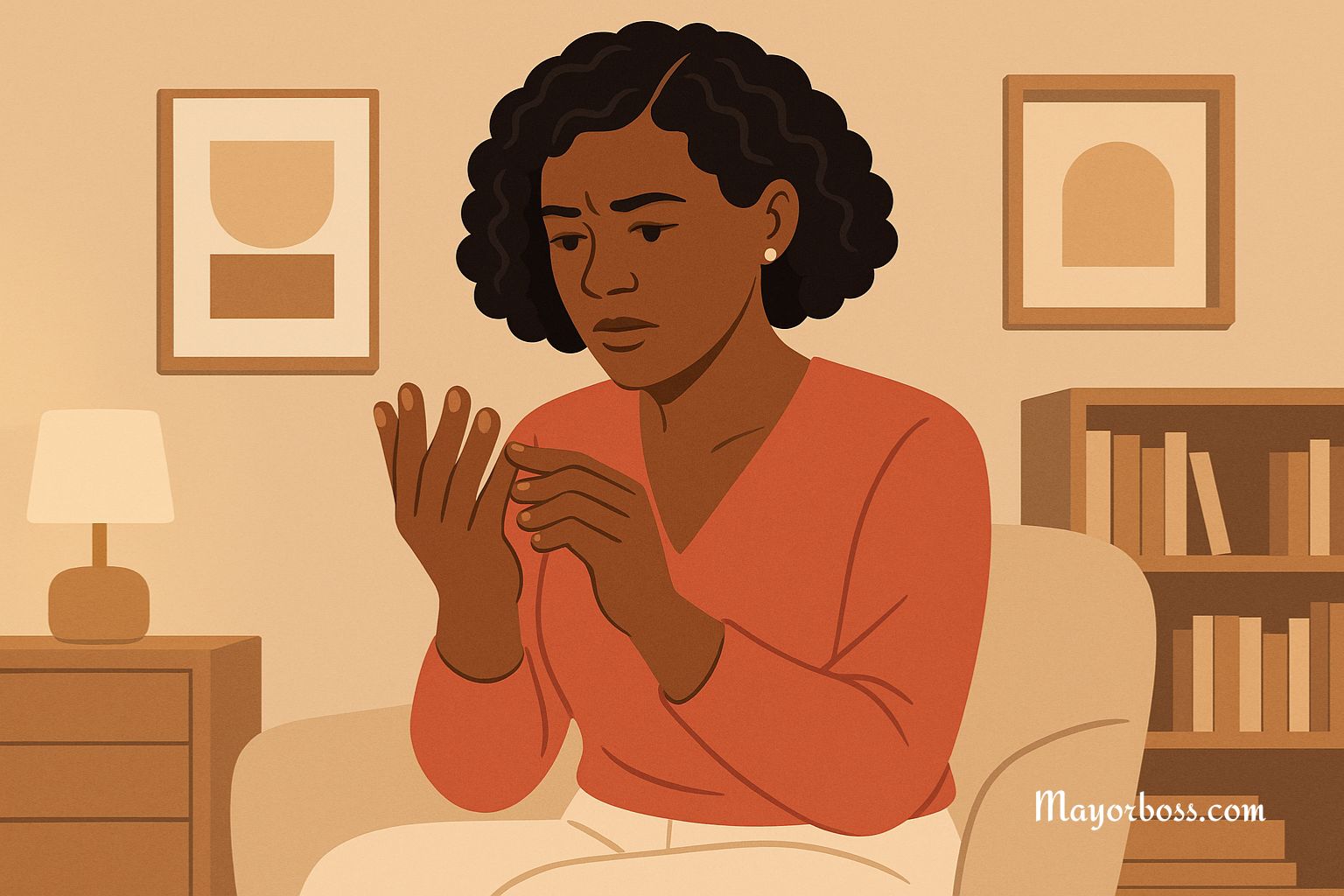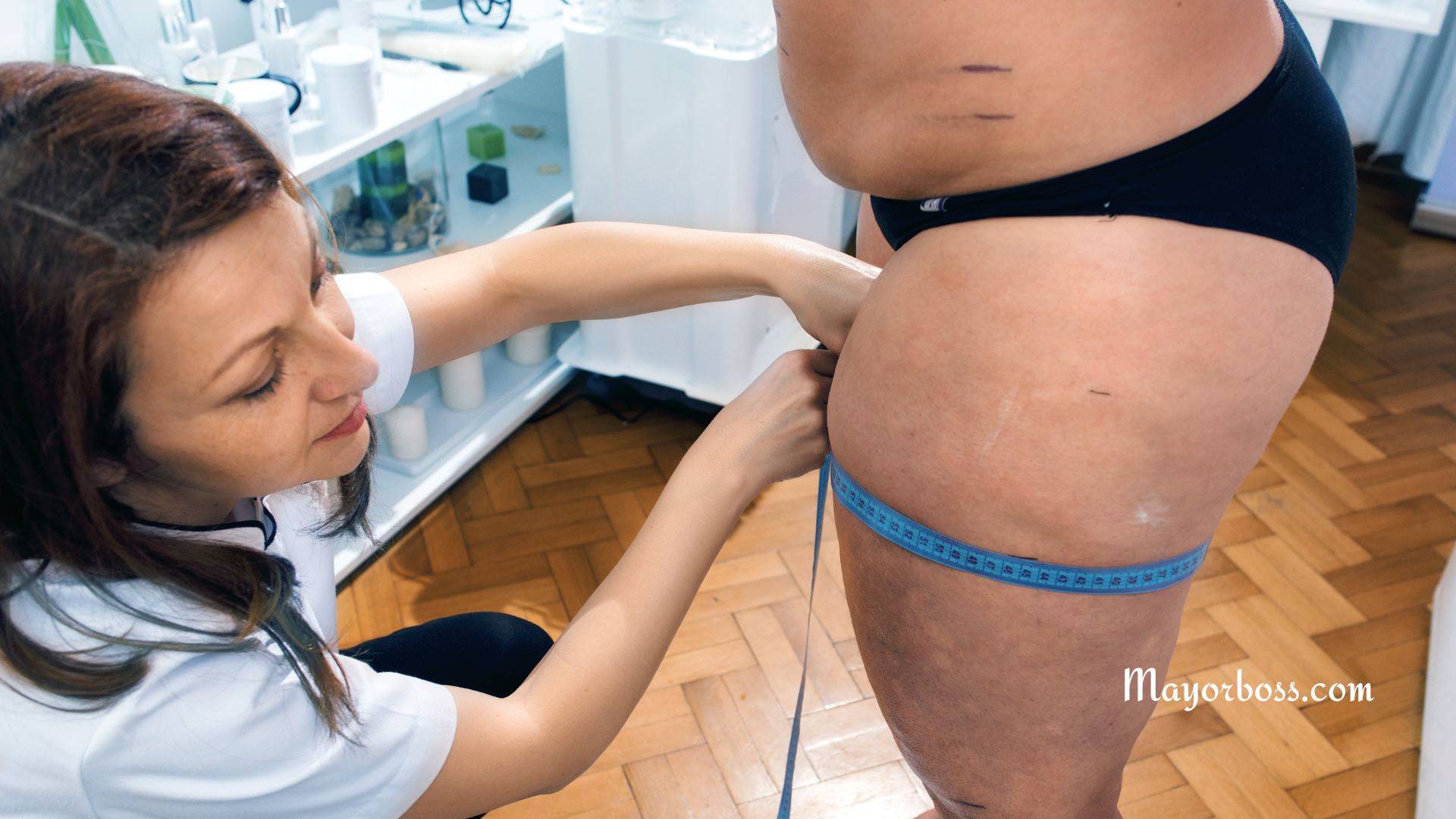What Are Uterine Fibroids?
- Uterine fibroids are noncancerous growths of the uterus that often occur during the childbearing years.
- Symptoms include heavy menstrual bleeding, pelvic pain or pressure, and difficulty urinating.
- Fibroids can vary in size, from a small seedling to a large grapefruit.
- Most fibroids don’t cause symptoms and require no treatment.
This article is for women who are interested in learning more about uterine fibroids.
Without further ado, let’s explore everything there is to know about uterine fibroids.
What Are Uterine Fibroids?
Uterine fibroids are non-cancerous growths that form in or on a woman’s uterus.
They are also called leiomyomas or myomas.
Fibroids can grow as a single tumor, or there can be many of them in the uterus.
They range in size from very small (the size of a pea) to large (the size of a cantaloupe).
Fibroids are not associated with an increased risk of uterine cancer, and they are not cancerous themselves.
However, they can cause problems such as pain, heavy bleeding, and infertility.
According to the U.S. Department of Health and Human Services, about 20% to 80% of women develop fibroids by the age of 50.
Who is at risk for developing uterine fibroids?
Basically, there are many factors that can put a woman at a higher risk for developing fibroids.
These include:
- Age: Fibroids are most common in women aged 30 to 50.
- Family history: If a close relative has had fibroids, you’re more likely to develop them as well. For example, if your mother had fibroids, you’re three times more likely to develop them.
- Obesity: Women who are obese have a higher risk of developing fibroids.
- Race: African-American women are more likely to develop fibroids than women of other races.
- Diet: A diet high in red meat and low in green vegetables may increase the risk of fibroids.
- Alcohol: Drinking alcohol may increase the risk of fibroids.
- Pregnancy: Fibroids may grow during pregnancy.
What are the symptoms of uterine fibroids?
The symptoms of uterine fibroids can vary depending on their size, location, and how many there are.
Some women with fibroids don’t have any symptoms at all.
For those that do, the most common symptom is heavy or prolonged menstrual bleeding
This can include:
- bleeding between periods
- flooding (soaking through a sanitary pad or tampon every hour for several consecutive hours)
- needing to change sanitary protection more often than normal
- passing clots larger than a quarter during your period
Other symptoms of uterine fibroids can include:
- pain in the pelvis
- pressure on the bladder or rectum
- difficulty emptying the bladder or bowel
- pain during intercourse
- lower back pain
- abdominal cramps
- anemia (due to heavy bleeding)
- Infertility, which is very rare
- fatigue
- constipation
- frequent urination
During pregnancy, fibroids can also cause:
- Miscarriage
- Premature birth
- Low birth weight
- Prolonged labor
- Cesarean delivery
Causes of uterine fibroids
The cause of uterine fibroids is unknown.
However, there are several factors that may contribute to their development, including:
- Hormonal imbalances: Fibroids tend to grow in response to estrogen. This may explain why they are more common during childbearing years (when estrogen levels are higher) and why they shrink after menopause (when estrogen levels decline).
- Family history: If your mother or sister had fibroids, you are more likely to develop them as well.
- Certain medical conditions: Fibroids are more common in women with diabetes, high blood pressure, or who have had a prior pregnancy.
Treatment options for uterine fibroids
Fibroids can be treated with medication, surgery, or both.
Medications used to treat fibroids include:
- Gonadotropin-releasing hormone (GnRH) agonists: These drugs lower estrogen levels and can shrink fibroids. However, they must be used for several months before any effect is seen. They are also associated with side effects such as hot flashes, mood swings, and vaginal dryness.
- Progestin-containing contraceptives: These drugs can help to shrink fibroids and relieve symptoms such as heavy bleeding.
- Nonsteroidal anti-inflammatory drugs (NSAIDs): These drugs can help to relieve pain associated with fibroids.
Surgery
Surgery is usually only recommended if medications do not work or if the fibroids are causing severe symptoms.
The two most common types of surgery for fibroids are:
- Myomectomy: This is a procedure to remove the fibroids from the uterus while leaving the uterus intact. It can be performed laparoscopically (through small incisions in the abdomen) or abdominally (through a larger incision in the abdomen).
- Hysterectomy: This is a procedure to remove the uterus. It is usually only recommended if the fibroids are very large or if you have had multiple failed attempts at myomectomy.
What happens if fibroids go untreated?
In most cases, fibroids do not cause any problems and do not require treatment. However, if left untreated, they can cause:
- pain
- heavy bleeding
- infertility
- urinary incontinence
When should you worry about fibroids?
You should see your doctor if you are experiencing any symptoms of uterine fibroids.
Your doctor will perform a physical exam and may order tests such as an ultrasound to confirm the diagnosis.
SEE ALSO: Gynecological Warning Signs Women Should Never Ignore
How can fibroids be prevented?
There is no known prevention for uterine fibroids.
However, maintaining a healthy weight and eating a balanced diet may help to lower your risk.
Some research suggests that high-sugar diets may contribute to the development of fibroids.
Therefore, limiting your intake of sugary foods and drinks may also help to reduce your risk.
What questions should I ask my doctor if I have fibroids?
Some questions you may want to ask your doctor about fibroids include:
- What are my treatment options?
- What are the risks and side effects of each option?
- The size of the fibroids and where they are located
- How quickly do you expect the fibroids to grow?
- What are the chances that the fibroids will return after treatment?
- How will my symptoms be managed in the meantime?
- When should I expect to see results from treatment?
Sources:






